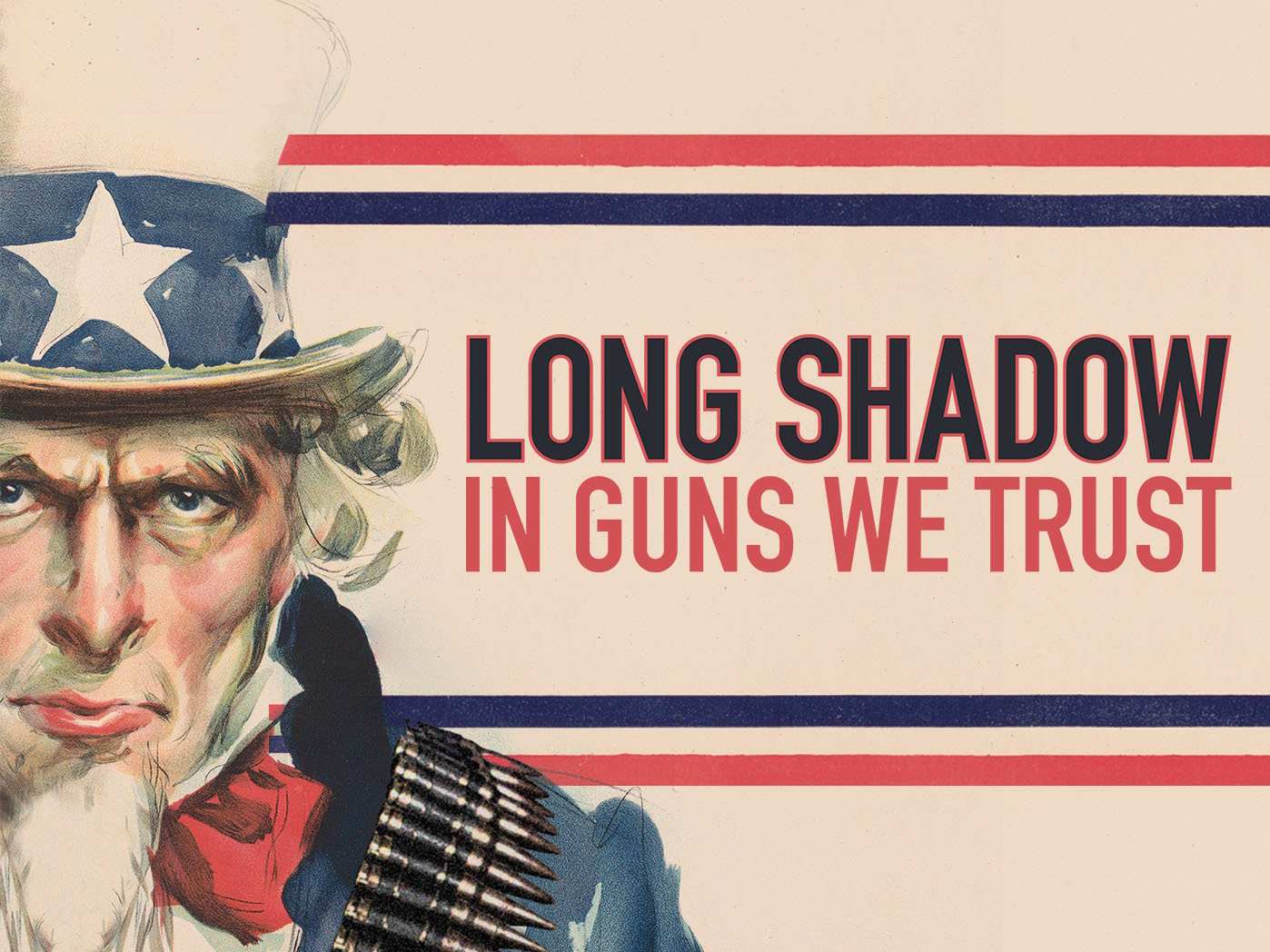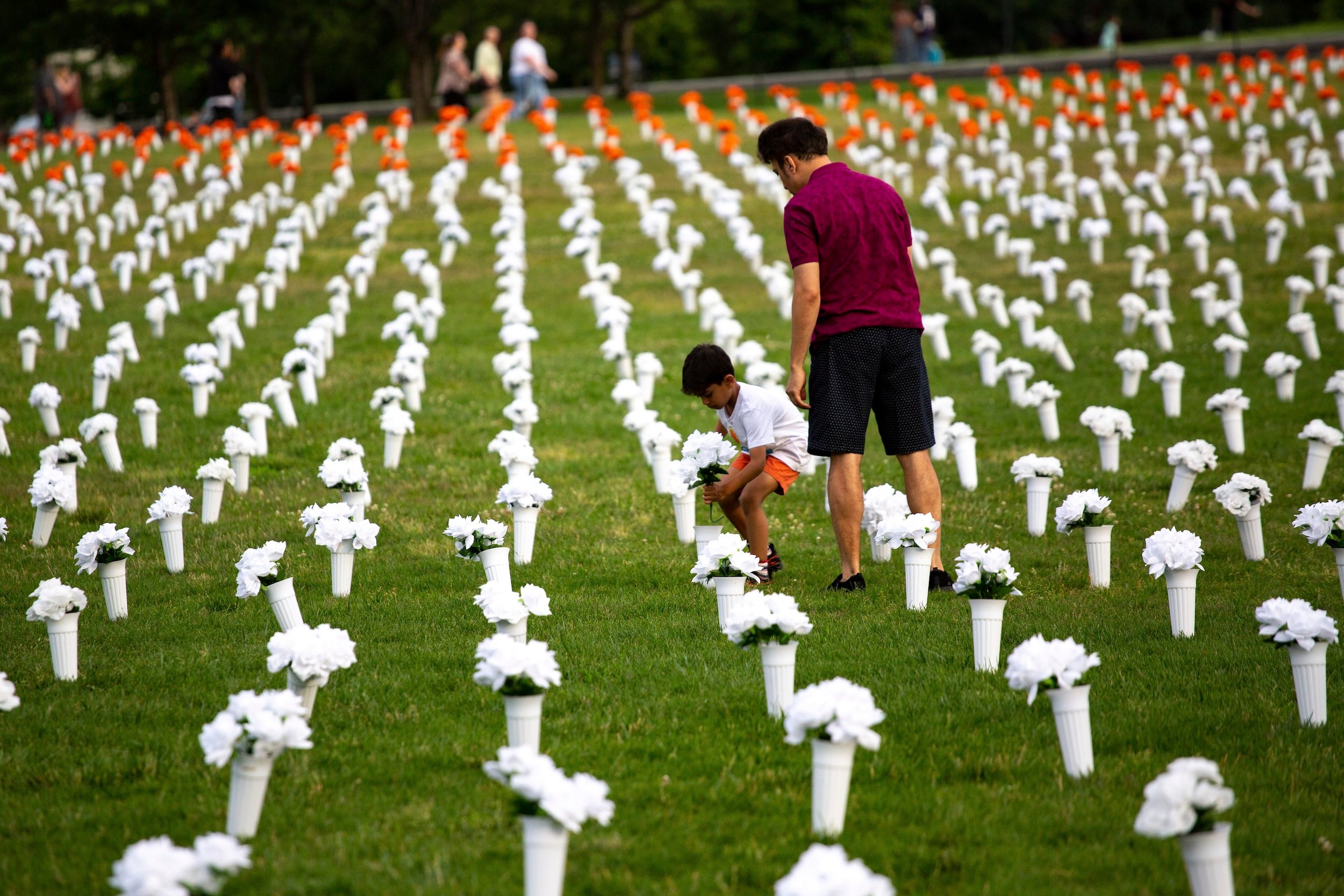Road rage shootings are on the rise across the United States as drivers increasingly turn to firearms to vent their frustrations — with often tragic consequences.
Between 2014 and 2023, the number of people shot in road rage incidents surged more than 400 percent, from 92 to 481, according to a Trace analysis of data from the nonprofit Gun Violence Archive. All told, angry drivers shot 3,095 people over that decade, or nearly one every day. One in four of those people — 777 — were killed.
Law enforcement agencies do not release statistics on road rage shootings as a specific category of crime. But GVA tracks incidents in which someone in a car fires at a driver or passenger in another vehicle or brandishes a gun in a threatening manner. The close of 2023 marked the collection of 10 full years of data, and although not all gun-related road rage incidents make the news or are reported to police, GVA provides the most comprehensive picture of gun violence on the nation’s roads and highways.
Since 2014, gun-involved road rage incidents have more than doubled, and the number of victims killed or injured has increased more than fivefold, the data shows. When we looked specifically at shootings — incidents in which either a victim or suspect was shot — the increase is even more consistent. The number of road rage shootings tracked by GVA increased by an average of 23 percent each year over the past decade.
Someone was shot in a road rage incident on average every 18 hours in 2023, up from once every four days in 2014.
These shootings are happening in almost every corner of the country. Many are prompted by collisions or motorists cutting each other off in traffic, while the motivations for others aren’t always clear.
Rukuan Zhang, 20, was driving in Sunnyvale, California, in March 2020, when the driver in front of him slammed on the brakes, causing Zhang to rear-end him, according to surveillance footage. When Zhang pulled over to exchange information, the other driver pulled up alongside him and fired six times. Zhang died at the scene.
In October 2021, Timothy Andricks was found lying in the street in Bradenton, Florida. Prosecutors said the 31-year-old was shot 11 times by a motorist after Andricks cut him off and threw a cup of soda at his car. The motorist claimed self-defense. “Mr. Andricks probably shouldn’t have chucked that Coke,” an assistant district attorney argued during the motorist’s trial, “but he shouldn’t have died for it.” In April, the motorist was convicted of manslaughter.
Seventeen-year-old Teonna Covington was a passenger in a vehicle in Milwaukee in April 2022, when the driver got into an altercation with another motorist. The other motorist opened fire, killing Covington. She left behind a 1-month-old son.
Just two states — North Dakota and South Dakota — recorded no road rage shootings between 2014 and 2023; however, both of these states recorded other road rage incidents involving guns.
When looking at the total number of incidents, Texas, Florida, and California — the nation’s three most populous states — lead the pack. Texas recorded 741 incidents involving guns; in 72 percent of these, someone was shot. In Florida, there were 488 road rage incidents, while California recorded 321.
Dean DeSoto, executive director of the San Antonio-based Community Alliance for Traffic Safety, a nonprofit that offers aggressive driving courses and counseling, said he started seeing an uptick in road rage incidents involving handguns in 2022. The increase came after the COVID-19 pandemic prompted a surge in gun-buying and the country endured a corresponding rise in gun violence. More than 42 million guns were manufactured for the U.S. market in 2021 and 2022, the most ever produced in a two-year period.
Aggressive drivers have poor impulse control, DeSoto said, and when they turn violent they’ll reach for whatever’s around them to use as a weapon — whether that’s a baseball bat, a tumbler, or a gun. In Texas, the weapon of choice is increasingly likely to be a gun, as it’s easier than ever to tote one in public. Texas passed a law allowing people to carry concealed guns without a permit in 2021.
DeSoto said road rage can be a reflection of broader social unrest. Because driving is something many people must do, roadways become an arena in which they fight for power and control. That includes not just individual acts of aggression, but also protests that block bridges and political banners on highways. “Whatever goes on in your communities is demonstrated on your roadways,” DeSoto said. “Roadways are showcases.”
The city with the most gun-involved road rage incidents and shooting victims was Houston. Between 2014 and 2023, Houston clocked 214 incidents with 206 people killed or wounded — twice as many incidents and victims as the next city on the list.
On December 10, 2023, Louise Jean Wilson, 17, was driving with friends through Houston when she swerved to avoid an accident, inadvertently cutting off another car. The driver of that car pulled up next to Wilson and opened fire, killing her. The other driver fled the scene.
Desoto said it is common in road rage shootings for suspects to speed away and disappear, making these cases difficult to solve.
During our analysis, we also calculated an average annual rate of armed road rage incidents per 1 million residents to account for population. By this metric, New Mexico, Tennessee, and Wisconsin recorded the highest rates of armed road rage, while New Jersey, New York, and Iowa’s were lowest.
Studies have shown that the presence of a gun can impel some people to act more aggressively.
“Although guns don’t directly cause violence, they dramatically increase the likelihood that any situation involving conflict will be lethal,” Brad Bushman, an Ohio State University communications professor who researches aggression and violence, told The Trace in 2022, when we first examined guns and road rage. “Imagine you’re in a car and somebody cuts you off. If there’s no gun in your car, maybe you flip them off. And if there’s a gun in your car, maybe you shoot them.”
Bushman and his team authored an oft-cited 2017 study that examined this phenomenon, dubbed the “weapons effect,” in drivers. The researchers assembled a group of drivers and placed either a black Airsoft gun or a tennis racket next to them in the passenger seat. They found that people sitting next to the replica gun were more likely to engage in aggressive driving behaviors like tailgating and speeding.
Bushman said there’s a body of research dating back more than 80 years showing that aggression is fueled by frustration. “Frustration means somebody blocks your goal,” Bushman said. “When you’re in a car, you have a definite goal — to get from point A to point B as fast as you can. Anything that interferes or blocks that goal can increase the likelihood that you’ll behave aggressively.”


